How to Remove Welding (With and Without a Grinder)
Last Updated on
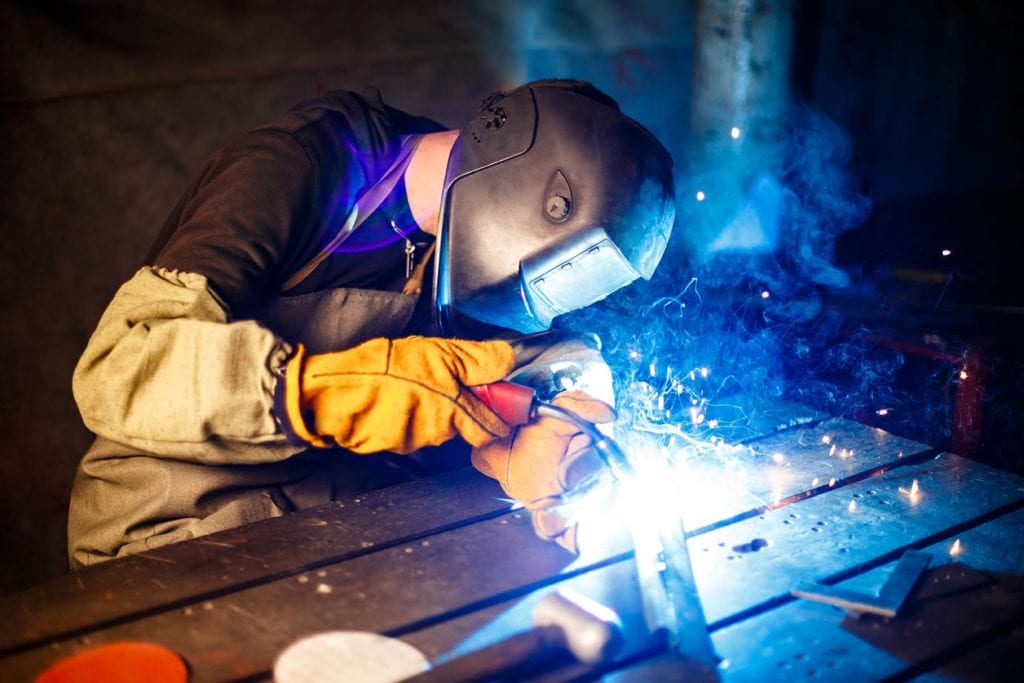
If you’ve carried out welding for some time, then you know that it’s the procedure of joining metals together using electricity. Welding is used in nearly every industry to form intricate structures and frameworks out of metals.
Not only do you require knowledge on how to weld, but also how to remove the weld. It can be for any reason. Perhaps you messed up, or maybe you need to disassemble a formerly welded piece for another project.
How do you undo welding? Removing the weld relies on numerous things. Since there are distinct welding types, there are diverse needs to remove a weld. Usually, you can undo welding using torch cutting, plasma cutting, drills, grinding or circular saws, or oxy-acetylene torches.
There are a couple of ways to perform this other than just applying a strong force to the weld. The procedure of removing welds relies on the weld type you would like to undo. You have to determine if you want to remove welds using the thermal method or mechanically depending on the weld type.
Here are several tips on how to undo welding. Read on!
Ways of Cutting a Weld Open
Let’s take a closer look at these types and then move on to the appropriate steps.
Thermal Methods
As the name suggests, you need to use a lot of heat to reverse the welding procedure. You can do it with an oxygen-acetylene torch or a plasma cutter.
Plasma Cutting
It’s a procedure in which electrical conductors are separated using an expedited jet of sultry plasma. An arc is formed with the help of DC (Direct Current). Temperatures can get to a maximum of 20,000 Degrees Celsius.
The high-pressure airflow that emanates out of the small nozzle produces heat. In terms of its cutting velocity, plasma cutting can be advantageous. It’s because they’re around five times quicker than manual torches and can cut through a wide variety of materials of diverse thicknesses.
Therefore, you can also remove any deep welds. Plasma cutting is easy to use and doesn’t use flammable gases. So, they’re more secure and more budget-friendly than laser cutting or water-jet.
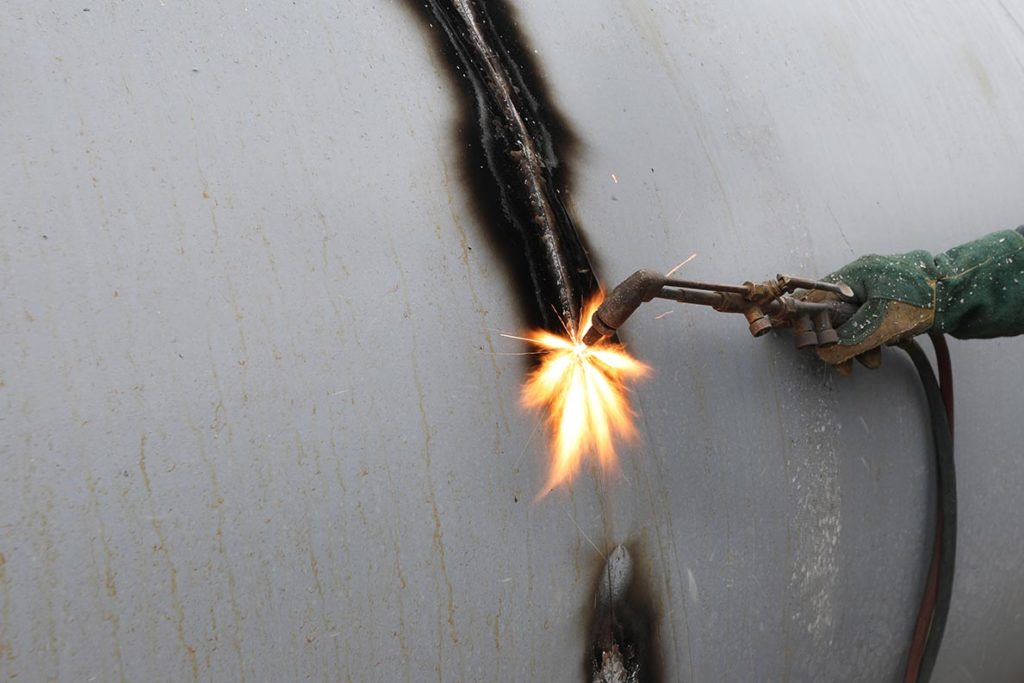
Torch Cutting
The torches bring together acetylene and oxygen to generate flames at high temperatures of around 3,500 degrees Celsius to weld or cut metals together. Torch cutting is riskier, particularly for beginners.
When creating a hot flame that cuts through thick metal pieces, the torch utilizes a blend of two gases mixed with the help of a cutting torch. The only thing you need to do is mark a line where you’ll perform the cut and light the torch.
Next, fine-tune the arch before gradually following the line until you cut all the way through. Torch cutting can be beneficial in that it facilitates use and doesn’t consume so much time. The gear is also affordable, more portable, and you can use it on large and distinct types of welding metals and cutting alike.
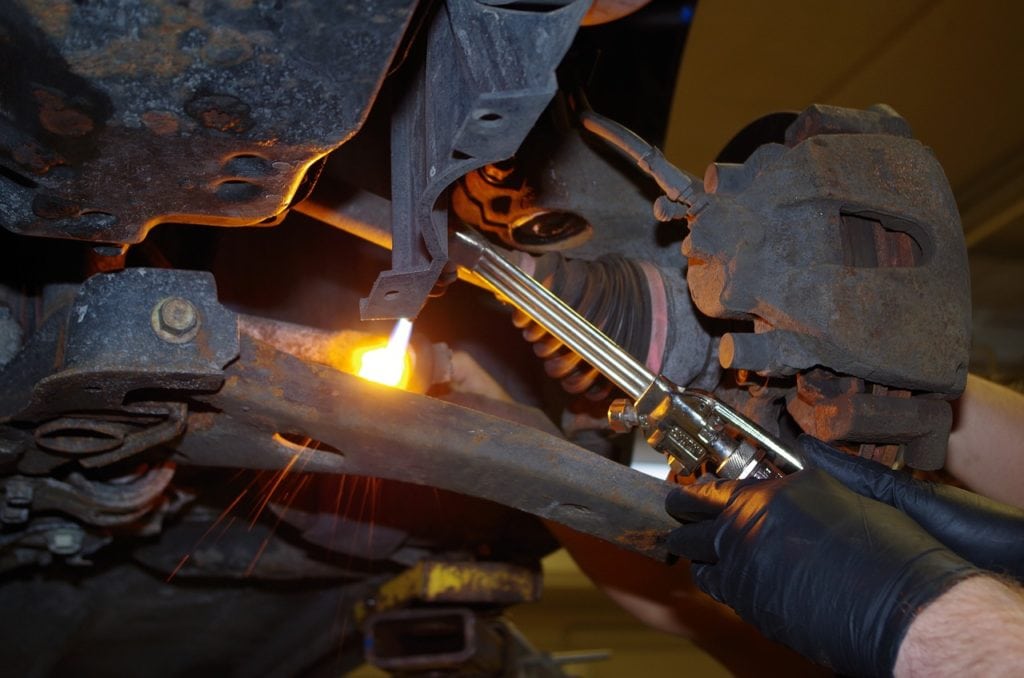
Mechanical Methods
When it comes to mechanical welding, you have to cut manually. Depending on the weld type you’re handling, there are a couple of things you can perform.
It’s hard to separate spot-welded sheets. You’ll need to carry out the separation procedure by drilling into the sheets frequently. At times, it’s not possible to separate the metals without damaging the parent metals. The mechanical process mostly consists of cutting, drilling, and grinding.
Removing Weld Seams without Grinding Machines
If you want to remove welds without using a grinder, you can either use plasma, drill, and oxy-acetylene torches as a thermal reverse procedure. Also, you can go beyond the norm and utilize a hacksaw or a band saw.
Steps to Follow:
- To begin with, mark the metal where you would like to cut. You don’t require any particular tools, and you can do it fast using an ordinary pencil or marker.
- Then, grasp the pieces of metal into position and secure them to avoid any movement. Typically, you can do it using vices or clamps.
- Open the gas tank if you’re using a gas torch. If you’re using a plasma cutter, you need to plug in the power cord and switch on the torch. Switch on the compressor and ensure that the machine is plugged in. Then, adjust the torch’s flame.
- Along the line you marked using a pencil/marker, move your tool – a saw, torch, or anything else. Perform this gradually to avoid errors and for security. Don’t stay in the same place for too long. Carry on doing this until you’ve made a fruitful cut.
- After switching off your tools, leave the metals for some time to cool down before working on them. Touching the metals instantly after cutting is risky because the machines you’re using generate a lot of heat.
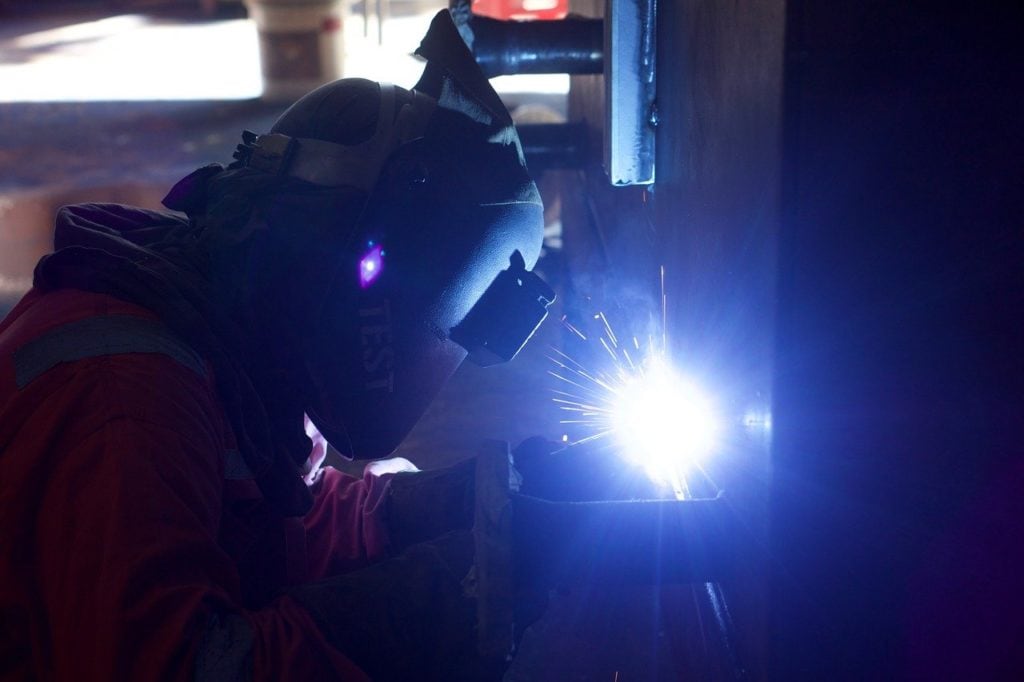
Removing Welds Using a Circular Saw or a Grinding Machine
Grinding a weld bead down with an angle grinder is usual after welding. You can use angle grinders to produce beveled edges or prepare surfaces of metal and cut them also.
Although the cuts created by grinders aren’t as accurate as plasma cutting, it’s affordable. And, because it doesn’t generate as much heat, the surrounding parent metal doesn’t get to a high temperature to change its characteristics.
Basic Steps to Removing a Weld:
- Use a marker to mark the spot you want to cut.
- Fasten the metal piece you’re cutting with clamps or vices.
- Wear your protective equipment.
- Connect your tool – the saw or the grinder – into the socket.
- Gradually let the grinder start cutting the metal. Don’t apply too much force to the parent metals. Allow it to work. If you apply too much force, you risk breaking the cutting disc, which is hazardous.
- Switch off power and allow the metal to cool down. This heat is caused by friction, not the grinder, dissimilar to torch and plasma cutting.
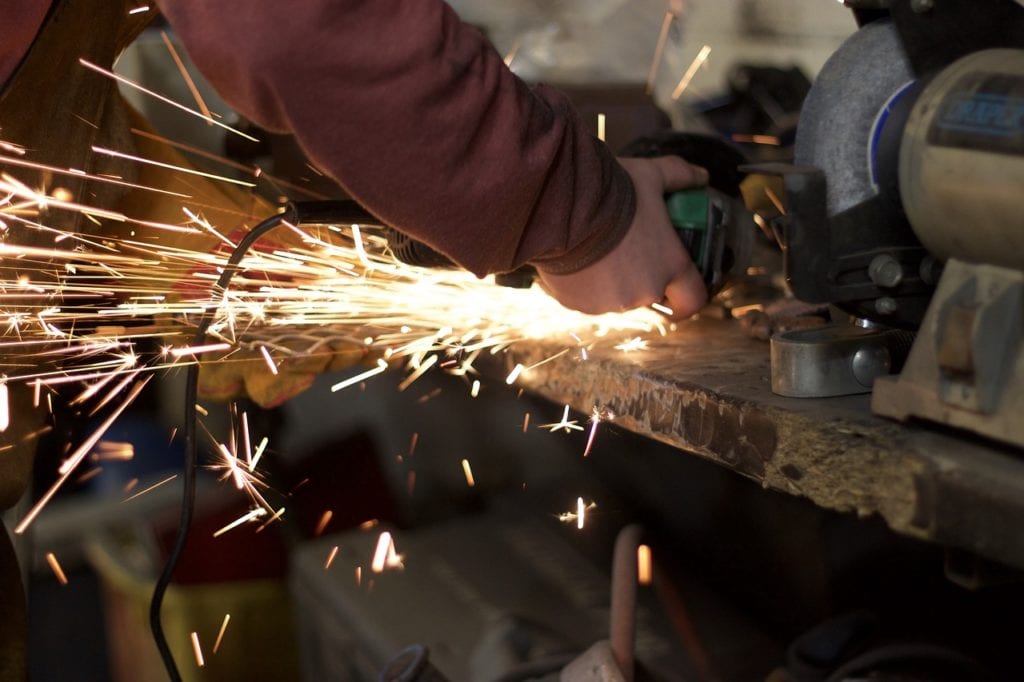
Apart from the methods mentioned above, you can undo a weld using arc welders. Take a look!
How Do You Use Air-Arc Welding to Undo a Weld?
You can use arc welders to connect metal, and also remove a weld. In a procedure known as air carbon-arc welding, an extreme heat of the arc formed at the electrode’s tip thaws the metallic object, and squeezed air stream-blows the melted metal away.
So, Which Procedure Suits You best?
To decide which procedure is best for removing a weld, you need to establish the type of parent metal used. You’ll have to drill or grind open welds if they’re strong or if you would like to remove sheets that are connected.
Most of the time, welding leaves one of the metal pieces damaged. It may be due to filler metals. However, you can fix it using a metal file or a grinder.
Usually, you have to grind the bead to weld the metal parts again after cutting the weld. Grinding off the extra metal allows you to have a better bead when welding next time than welding the metals without getting rid of the excess.
Featured Image Credit: Cookie Studio, Shutterstock
